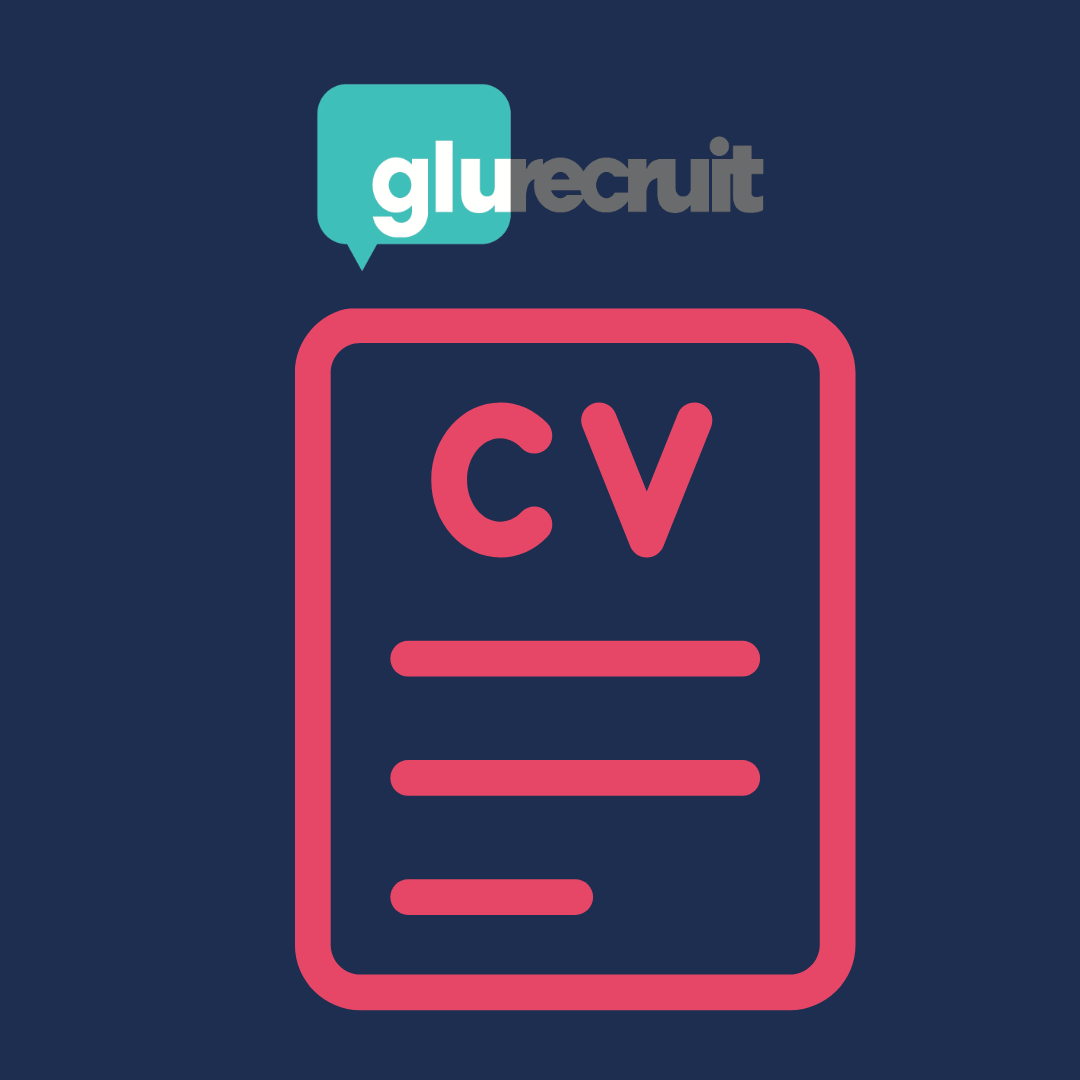
It’s National Stress Awareness Month and we’re focusing on the stress of writing the perfect CV.
Did you know that on average, an employer will spend 6-7 seconds scanning your CV before determining whether you’re right for the role or not?
Of course, this differs between employers but formatting your CV to stand out to hiring managers is key.
Fear not, having read, formatted and reviews thousands of CVs in our time, we’re here to help.
Crafting the perfect CV should be an enjoyable experience. Here’s our take on what makes a standout CV.
1) Start with a clear header
It sounds like an obvious thing to say, but you would be surprised at how many CVs we’ve read without contact information or even a candidates name on.
Get rid of the ‘Curriculum Vitae’ header that all the online templates tell you to use. Include your name, your email address and your phone number.
Employer’s may appreciate your postcode or city being on there, just so they know how close you are to their business in terms of location.
You can skip any personal details such as your age, nationality, date of birth or your marital status – none of this is relevant!
2) Keep your personal profile concise
While you may think this personal profile is a good place to sell yourself, your skills and experience further down should do most of the talking.
Instead of writing a lengthy, tell-all story about who you are as an individual or generic phrases like I work well in a team or I am a hardworking individual, use it to highlight your goals and aspirations.
Tailoring this section to match the specifics of the role you’re interested in is a great way to capture the attention of the hiring manager.
3) Reverse chronological order
It might be second nature to you to list your work experience from your oldest role to your newest.
We would encourage you to list your previous roles in reverse chronological order. This way, hiring managers can quickly determine what your most recent skills are.
Be sure to include the following:
• Name of the company
• Job title
• Employment dates
• A concise description of your responsibilities (use active words like “planned,” “built,” and “created”)
• Significant achievements
4) Skills section
If you have specific skills related to the role you’re applying for, a skills section could be really beneficial.
For example, if you’re proficient in Microsoft 365 or Adobe Suite, this would be a great section to include this in.
5) Education and Qualifications
Though not every role requires higher education, including your education and qualifications on your CV is a must.
Mention any degrees, A-Levels, or equivalents at the bottom of your CV – again listing them in reverse chronological order.
6) Formatting and style
The style and format of your CV is also super-important when it comes to applying for roles. Be sure to include a clear font, in a minimum of size 11.
Ensure the spacing between your text and paragraphs is big enough to make it readable to the hiring manager.
7) Proofread
Whenever we receive a candidate’s CV, our consultants will scan it to ensure there are no spelling mistakes or grammatical errors.
We would urge you to proofread your CV before applying for any roles as spelling mistakes or poor punctuation can paint you in a bad light to the hiring manager.
Writing your CV doesn’t have to be stressful, not when we’re here to help! Get in touch for support with your CV or with your job search in general.